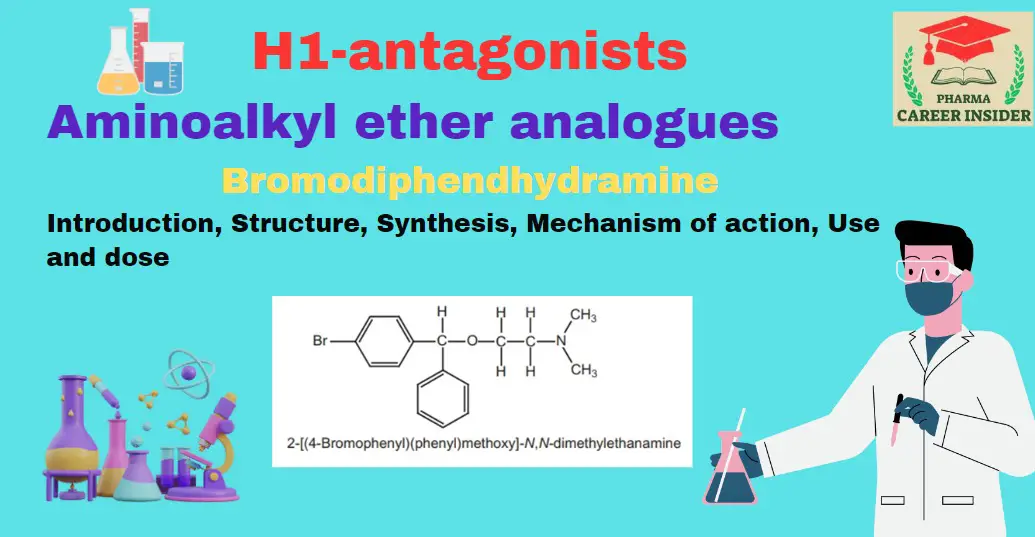Introduction
Polarography is an electroanalytical technique based on measuring the current-voltage (I-V) relationship in an electrolytic cell with a dropping mercury electrode (DME) or other working electrodes. Polarography was introduced by Jaroslav Heyrovský in 1922, earning him the Nobel Prize in 1959.
- This method is widely used for quantitative and qualitative analysis of electroactive species in a solution.
- It is a type of voltammetry where a gradually increasing voltage is applied, and the resulting current is recorded.
Principle of Polarography
- In polarography, an electrolytic cell consists of a working electrode, a reference electrode, and a supporting electrolyte.
- The working electrode (typically a Dropping Mercury Electrode (DME) or Rotating Platinum Electrode (RPE)) is used to measure the current response of electroactive species.
- As the potential (E) is applied, reduction or oxidation occurs at the electrode, generating a current called the diffusion current (i_d).
- The diffusion current follows the Ilkovic equation, which relates current to the concentration of the analyte.
Ilkovic Equation
The Ilkovic equation expresses the diffusion current (idi_d) in terms of electrode characteristics and analyte properties:

Key insights from the Ilkovic equation:
- The diffusion current is directly proportional to the analyte concentration, allowing quantitative analysis.
- The sensitivity is affected by the nature of the electrode (DME or RPE).
- The diffusion coefficient (D) influences the mass transport of species.
Application of Polarography
Applications of Polarography
1. Pharmaceutical Analysis
- Detection and quantification of drugs such as antibiotics, vitamins, and alkaloids.
- Example: Determination of riboflavin, ascorbic acid, and sulfonamides in pharmaceutical formulations.
2. Environmental Monitoring
- Detection of heavy metals like lead (Pb²⁺), cadmium (Cd²⁺), and arsenic (As³⁺) in water and soil samples.
- Example: Analysis of industrial wastewater for toxic metal contamination.
3. Food and Beverage Industry
- Determination of food additives and preservatives.
- Example: Quantification of ascorbic acid in fruit juices.
4. Clinical and Biomedical Analysis
- Analysis of biological fluids (blood, urine) for trace elements.
- Example: Determination of zinc and copper levels in serum for nutritional studies.
5. Industrial Quality Control
- Purity testing of metals and alloys.
- Example: detection of impurities in industrial-grade mercury.
Conclusion
Polarography is a powerful electroanalytical technique for detecting and quantifying electroactive substances.
- The Ilkovic equation governs the diffusion current, enabling precise concentration measurements.
- DME and RPE electrodes each have unique advantages, with DME being more reproducible and RPE offering a wider potential range.
- The method is widely applied in pharmaceuticals, environmental science, food safety, clinical diagnostics, and industrial quality control.
With its high sensitivity, selectivity, and reproducibility, polarography remains an essential tool in modern analytical chemistry.




